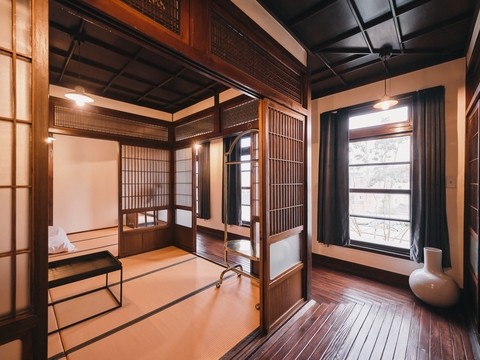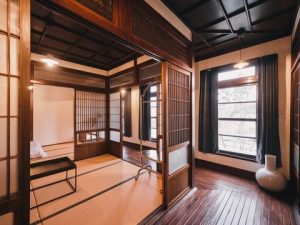The Uniqueness of Traditional House Architecture Is Irreplaceable – Traditional Javanese Houses or commonly called Javanese Traditional Houses refer to traditional houses on the island of Java, Indonesia. Javanese house architecture is characterized by the existence of dominant hierarchical rules which are reflected in the shape of the roof of the house.
The Uniqueness of Traditional House Architecture Is Irreplaceable
vmiredetstva – Traditional Javanese houses have a layout that is very similar to other houses, but the shape of the roof is determined by the social and economic status of the owner.
Traditional Javanese house architecture was greatly influenced by Dutch colonial architecture in Indonesia and also made a major contribution to the development of modern architecture in Indonesia in the 20th century.
History
Javanese people are closely related to Austronesian people. The reliefs of Borobudur Temple, which was built in the 9th century, also show that the Javanese house is the archetype of the Austronesian house. The arrival of Europeans in the 16th and 17th centuries introduced stone and brick into house construction, which was widely used by the wealthy. Traditional Javanese house forms also began to influence the development of Dutch colonial architecture in Indonesia. In the early 19th century, houses in the Dutch East Indies resembled Javanese houses because the shape of the house was able to withstand tropical heat and heavy rain, while also being able to circulate air inside the house.
The Joglo house is a traditional Javanese construction. This house has very unique architectural characteristics that are different from modern houses. However, this is precisely what makes the architecture of this house so different and worthy of appreciation.
The characteristic of this house is found in the philosophy of the layout of the house and the rooms which have different functions and purposes. For more details, you can understand the article below.
Baca Juga : Good Architectural Choices For Homes
Characteristics and Philosophy of the Joglo House
This traditional Javanese house has its own characteristics and philosophy in its construction. You can understand more deeply by reading this article.
1. Unique construction style
This type of house has an urban layout that is in accordance with Javanese philosophy. Apart from that, this house is also decorated with various unique wooden carvings. If you visit the Joglo building, the architectural differences between this building and modern buildings will be even more pronounced.
2. There is a main door in the middle of the building
This traditional house has a specially made door in the middle of the building. This door was built parallel to the back rooms, creating beautiful harmony.
3. There is a beeper cup
A beeper cup is a home enclosure made from outdoor plants or shrubs. This pager has a height that is not too high to provide space for social interaction with neighbors.
4. There are 4 main support pillars
These four main pillars are also called Soko Guru. These posts work by supporting each other to make the construction system stronger.
5. It has a large terrace. Another specialty is that it has a fairly spacious terrace. The terrace of this traditional house is also known for not using partitions so it is considered unique and different from today’s houses.
Baca Juga : This is the Beach OOTD Hijab Style for Vacation
Names of Joglo Architectural House Rooms and Their Functions
Each room in the Joglo house has a different function. If you are curious, you can read the information like this.
1. Hall Room
Pendopoja is a symbol of protection and is also a place where rulers can socialize with their people and their courtiers.
2. Sala Pringgitan
This building is located behind the pavilion and also functions as a barrier between the pavilion and the palace. Usually this room is used to accommodate guests or other events.
3. Inside Ageng Room
This building is a place for rooms or what are called senthongs. The floors of Ageng’s inner palace are generally higher than those of the pavilion and Pringita.
4. Senthong Hall
Next there is the Senthong section. This room is a private part of the Joglo traditional house. The senhong is divided into three, namely the right part for the father, the left part for the mother and child, and the middle part for meditation purposes.
5. Gandhok
Next there is the Gandhok room which is located to the right and left of the pavilion room. This room is usually used as a room for growing children or as a living room. For boys it is on the right, and for girls it is on the left.
6. Service Area
This part of the house is Pawon or Pekiwan. Pawon is behind the left wing. This room is designed for cooking and entertaining neighbors. Next to it there is a well and also a bathroom.
Conclusion
The following is an explanation of the characteristics and names of the rooms in the yoglo house. Traditional architecture like this should always be preserved and preserved properly. If you are interested in the real estate sector, please contact the consulting service www.makelarumah.com for information and advice on building a house.

